- Home »
- Learningcenter »
- Prepare roof hurricane florida
[Guide] How to Prepare Your Roof for a Hurricane in Florida
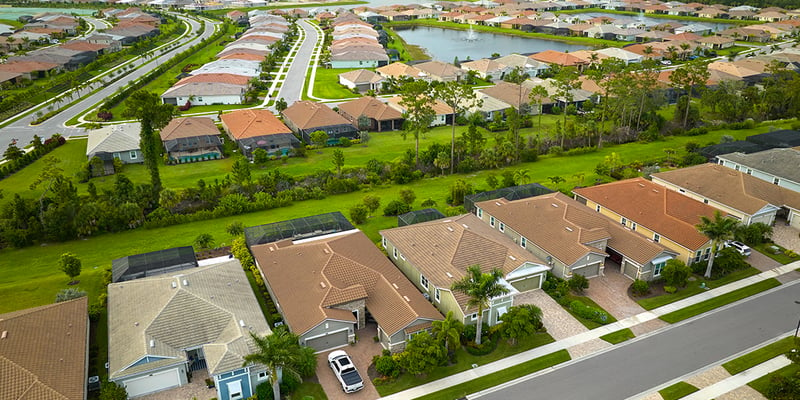
Florida is known for its gorgeous coastlines and lush green views, but it's also a hot spot for harsh elements - I'm talking about hurricanes. These storms come with strong winds, a ton of rain, and the potential for serious mess. So, why does it matter to you?
When these storms hit, they don't just mess up the beach waves - they try to take down everything in their path, and your home's roof gets the worst of it.
Are there other things to worry about? Well, a busted roof can spark a whole chain of damaging events. Think of it like this: knock down the first domino, and the rest are sure to follow. If a hurricane tears off your roof, it's basically inviting everything inside to take on nature's elements. And that's not all - strong winds can create a pulling force that could make the whole house crumble.
So, knowing how to prep your roof for a hurricane has many uses beyond smart housekeeping - it's like making sure your life jacket is on and buckled tight. We need to be ready for these destructive forces. When hurricanes are near, a sturdy roof becomes more than just a cover against rain and sun - it basically turns into a life-saving shelter.
Let's get started!
What Are The Risks to Your Roof?
Identifying hazards is a big deal for people owning homes in Florida, especially to dodge roof damage during hurricanes. Really, this threat is a wake-up call, given the number of storms hitting Florida. Hurricanes like 2017's Irma--bringing along uber-fast winds of 130mph --show how varied the damage can get. I'm talking winds so powerful they can tear off parts of your roof like it's a deck of cards.
Now, for roofs that were already a bit worn down, Hurricane Irma was the last straw. They didn't have a chance and were stripped down to bare wood. In drastic cases, whole roofs were taken off, leaving the homes exposed to rain and wind. Try to picture the haunting scenes of homes with no roof over their heads in the aftermath of a hurricane. Imagine the harm done to everything inside as water takes over the place.
The problem gets worse with another headache during hurricanes—heavy rain. It can double down on the damage by causing water logging. Regardless of your roof material, the battle against water seeping in through tiny flaws is a lost one. Take Hurricane Michael in 2018; it caused a lot of leaks and widespread water damage in homes across the panhandle because of the huge amount of rainfall.
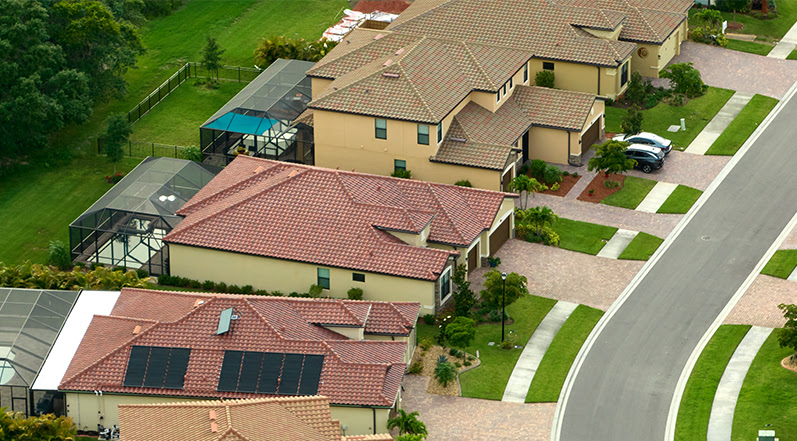
Let's not forget the underplayed threat of flying objects during hurricanes. You may find it hard to believe, but Hurricane Andrew in 1992 whipped up common items like patio furniture, tree branches, and stray yard debris into deadly missiles. These flying weapons can deeply gouge or even pierce through your roof, making it weaker.
Another worry is roof destruction due to wind pressure uplift, where winds blowing over your roof's surface at high speeds cause destruction. This is a bigger problem for roofs with low slopes or flat shapes. Think of Hurricane Charley in 2004; it led to roofs getting lifted and damaged all over Florida.
Bear in mind that these aren't simply random events. These instances mark the harsh reality for Florida residents because of the regular hurricanes.
Inspecting Your Roof for Weak Points
The process of finding where your roof might let you down is super important when a hurricane is approaching - it's a bit like checking your car before a long road trip.
You'll want to start, if you can, by looking over your attic. Keep an eye out for things like damp spots, dark marks, or streaks on the underside of your roof. This could mean your roof already has some weak spots and might give you trouble down the line.
Next, about the outside of your roof - how can you check it? Your game plan should include a good look at your shingles or tiles. See if they're all in their place or if any seem wobbly - as these shaky ones could become airborne in strong wind, posing a risk to your and neighboring homes. If parts are missing or busted, the layer underneath your roof could be left exposed to the elements.
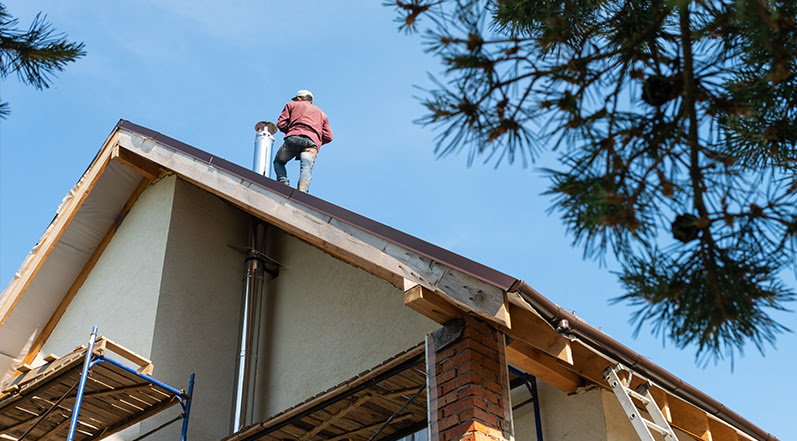
But really, don't forget about your roof's flashing, too. This is the metal sheeting that covers the joints and dips on your roof to stop water from getting in. Many times, people overlook it, but broken or shaky flashing, especially if it's rusty, is a disaster waiting to happen. In a hurricane, it could fail, and then the water just pours right into your house.
While I'm talking about water, let's not forget your gutters. Check to make sure they're firmly attached, clear, and in good shape. If your gutter system isn't working right, it won't drain water properly, and that can harm your home's structure.
Safety comes first, always. If you're not feeling 100% about doing these checks by yourself, don't hesitate to bring in a pro roofer for backup. They're nifty at spotting things you may overlook, and they can give you handy tips on how to fortify your home against hurricanes. Doing checks on a regular basis not only prepares your roof for wild weather but also helps prolong its life, saving you cash in the long haul. Finally, what I'm talking about here is protecting your biggest investment—your home—from damage.
Relevant Florida Building Codes to Consider
Florida building codes may look complicated, but they're just simple guidance. The codes have been modified from the International Building Code (IBC) specifically to handle Florida's unique weather patterns.
If you own a home in Florida, these codes lend you a hand in making your roof strong enough to withstand hurricanes.
So, you're wondering what the Florida Building Code (FBC) covers specifically?
One key aspect focuses on making sure roofs can take the punch of hurricane winds. They check whether a roof can endure wind blast speeds between 130 and 150 mph for a mere three seconds. This is a common occurrence during a hurricane, particularly in coastal areas.
But the FBC doesn't stop there. Yup, they've added a "High-Velocity Hurricane Zone" (HVHZ) code Florida, specially meant for areas like Broward and Miami-Dade counties (a.k.a., the hurricane hotspots). It's tougher on rules, demanding buildings to withstand a gust speed of 170 mph for three seconds. You might want to see if your property can handle this.
The people responsible for these codes, Florida's Department of Business and Professional Regulation play a big part in shaping your roofing plans. By understanding the tension your roof could face from storms, you can direct your hurricane-preparation efforts better.

Choosing your roofing materials involves more than just their aesthetics. All materials have to pass the FBC's tests to get a nod. It's no surprise that homeowners are nudged to view product ratings for features like wind and impact resistance and the product's grit against wind-driven rain.
Proper installation of these roofing materials is another requirement in Florida. Roof finishes must stick to the approved methods of the FBC. Also, any modifications or repairs have to be in tune with the manufacturer's precise instructions.
Don't forget about roof-to-wall connections --these matter big time. Your roof might be made of sturdy stuff, but if it's not latched properly to the walls, it turns into a weak link. The state's regulations call for secure connections to guarantee the structure can stand firm under windy conditions.
These building code guidelines will help in preparing your Florida roof for hurricane season. Their goal is to beef up your roof's strength and safeguard your property.
A bit scared by the compliance process? Well, look no further for a silver lining: these codes have drastically reduced the damage caused by hurricanes since they first came into play. They might seem complex, but really, they map out the path toward a safe and secure home during Florida's hurricane season.
How Do You Strengthen Your Roof for Florida Hurricanes?
Are you thinking about hurricane-proofing your roof? Here are a few tips:
The best first step is a regular roof check-up. Even when no storms are on the horizon, checking your roof twice a year helps pinpoint and mend weak spots. Be on the lookout for loose, damaged, or missing shingles, and make sure to replace them. Trust me, a little hard work can save you from spending a lot of time on major roof repairs that cost thousands, especially after a hurricane.
Setting up your roof to face an oncoming storm is a must-do. One solid tactic is using roofing cement wisely. Now, you might be wondering - where should it go? Keep your focus on the edges of shingles and other risk-prone areas. This plan builds resistance, stopping your shingles from being torn away by the winds and rain that hurricanes bring in their wake.
Got an eye on the future? Take a look at long-lasting reinforcements. Start with storm straps or ties - these metal bands form a strong link between your roof and your home's walls. In the thick of a hurricane, you'll appreciate the added strength that stops your roof from coming loose.
Don't forget about strengthening your roof trusses. Ideally, it's done during the original construction, but if your house wasn't built with it, you're not stuck - extra support can always be added wherever it's needed. Really, this additional investment can pay off, especially in storm-prone areas like Florida.
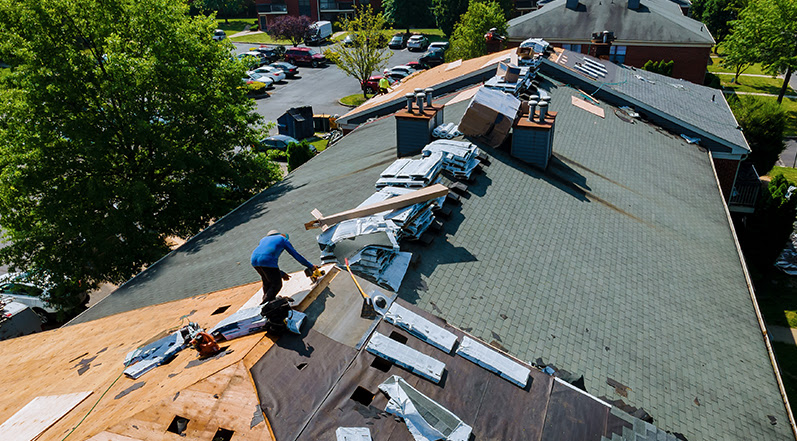
Curious about roof material upgrades? Some roofing professionals offer storm-proof shingles – I'm talking about ones that can hold their own against winds up to 150 miles per hour. These sturdy, heavy-duty shingles provide extra protection against brutal storms.
Another path some homeowners take is to have their roofs seal-coated. Here's the deal - the process involves spreading a protective layer across the entire roof surface. Not only does it keep the rain at bay and reduce leaks, but it also improves general strength and the roof's ability to resist wind.
Let me point out another factor - the importance of a reinforced garage door. Although it's not part of your roof, it plays an important role in a storm by preventing pressure build-up inside your home, offering your roof added protection.
This is just the tip of the iceberg, and there are lots of options we can talk about with our free inspection.
These defenses against hurricanes may seem pricey, but think about it - it's basically a long-term insurance policy for the roof over your head. Proper preparedness forms a bulwark against the worst weather outbursts, ensuring continuous protection, safety, and peace of mind for you and your loved ones, no matter what the weather throws at you.
Hiring Professionals Versus DIY
When you're facing a hurricane, you're stuck with a big decision: should you hire a professional to prepare your roof, or can you handle it yourself?
Many people find the prices for professional services a bit scary and start to think about doing the job themselves. But is that choice really going to save you money?
Well, it's not as simple as it might seem.
It's important to realize that tackling this job on your own can be dangerous - really dangerous. Just consider this: climbing a roof isn't safe, even on the calmest of days. Now, add in the chaos of pre-hurricane conditions, and you're walking down a road that could lead you straight to harm. So, is saving a little money worth risking your safety?
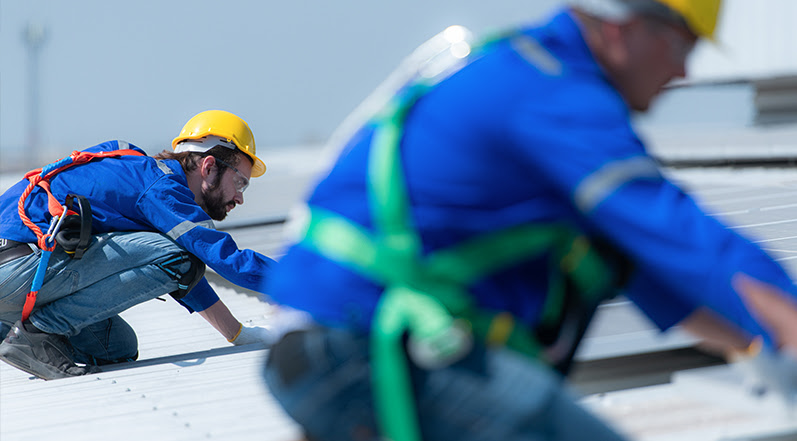
The process of preparing a roof for a hurricane isn't a walk in the park. Just one tiny error when you're installing hurricane straps, braces, or even tarps could lead to big-time damage. Accidental roof punctures can let in rain, causing water damage. And if a strap isn't installed correctly? That can cause serious structural damage during a storm, and you'll find yourself with a pretty hefty bill after trying to meet the Florida state code requirements.
On the other hand, getting help from professional roofing services (like Colony Roofers!) starts to look a whole lot better. We seasoned pros have spent many years mastering the art of hurricane-proofing roofs. We really know our stuff when it comes to strapping, strengthening weak spots, and getting hurricane tarps just right. Plus, we're trained to spot possible problem areas and deal with them before a storm hits.
Yeah, the cost is a bit hefty. But think about it this way: the money you spend now could prevent some pretty big bills down the road. If you mess up your DIY roof prep, the bills can add up fast. You'll have to repair your roof and fix other damage to your home - basically, clean up the whole DIY mess. Seen from that angle, hiring a professional isn't a bad deal financially.
Although doing it yourself might look like a good idea at first, prepping your roof for a hurricane is not a game. So, why not think about hiring a pro? In the long run, you'll probably be grateful you did as you sit out the storm in comfort and safety. Plus, hiring expert roofers is more than just an expense - it's an investment in your peace of mind. After all, the headaches and costs from DIY disasters can end up being more than just money out of your pocket.
Proper Maintenance After a Hurricane Hits
Once the storm has passed, your focus should move to checking things out and making repairs to limit any harm. So, what's involved in this process?
Your safety should always be your top priority. Think twice before you inspect your roof, and ensure local officials have given the green light. Hazards like falling buildings, toppled power lines, and potential gas leaks can make the aftermath of a storm dangerous.
As soon as it's safe to venture out, start by looking around without leaving the ground. Search for clear issues like missing shingles, standing water, or debris. A pair of binoculars can help detect big problems, often visible from far away. And don't forget to snap photos - they're great for keeping records and supporting any future insurance claims.

You may be tempted to grab a ladder and examine your roof up close, but is that really the best plan? Stepping onto a potentially weakened roof can endanger your health and result in more damage to your house's structure. This is the time to call in professional, experienced roofers.
The roofing pros have the expertise and equipment needed to conduct a thorough inspection safely and catch damage that might not be noticeable from ground level. They can spot problems like water sneaking under the shingles or structural issues that are not immediately obvious.
Lastly, it's important to safely clear any clutter, like branches, leaves, or objects carried by the wind. If allowed to build up, they can trap and divert water, causing damage and leaks in certain places. Prioritize your safety before taking on these cleanup tasks - it's not worth risking your life for some leftover storm clutter.
By staying alert and proactive, you can manage a potentially harmful situation to reduce lasting damage. Speed is definitely your friend here; the sooner you find and fix any roof damage after a hurricane, the better off you'll be in terms of preventing future problems.
Talk With a Florida Roofing Expert
We covered why a thorough check of your roof is important - seeking out any cracks or weaknesses, right? It's okay if you're feeling a bit overwhelmed. Tasks like cleaning gutters, dealing with pesky loose shingles, or setting up hurricane straps can seem tough. But - securing your place, keeping everyone safe, that's meat and potatoes.
We advocated for homeowners to start safeguarding their roofs ahead of time to prevent any damage. I mean, wouldn't you agree that preventing issues is better than mending them?
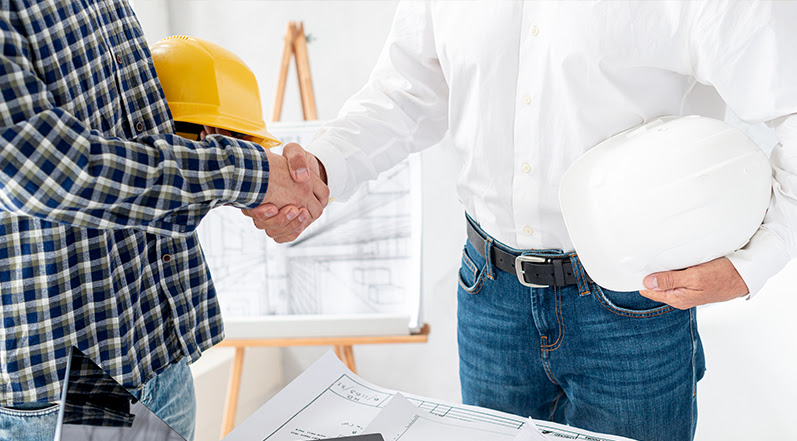
So picture this - you're in stormy Florida, inspecting your roof, spotting weak spots, and fixing them up. You've listened to our advice, yet some doubts persist. Did you miss anything? Well, look no further.
Enter Colony Roofers. We're champs in both commercial and residential roofing, operating from Georgia, Florida, and Texas, turning question marks into checked boxes. With Colony Roofers at your side, your biggest investment (I'm talking about your home) is in safe hands. We keep you safe, operating with top-notch professionalism and superb service.
Give us a call today for a free roof inspection. Let's start your preparedness process and make your roof tougher!
 Call (678) 365-3138
Call (678) 365-3138



